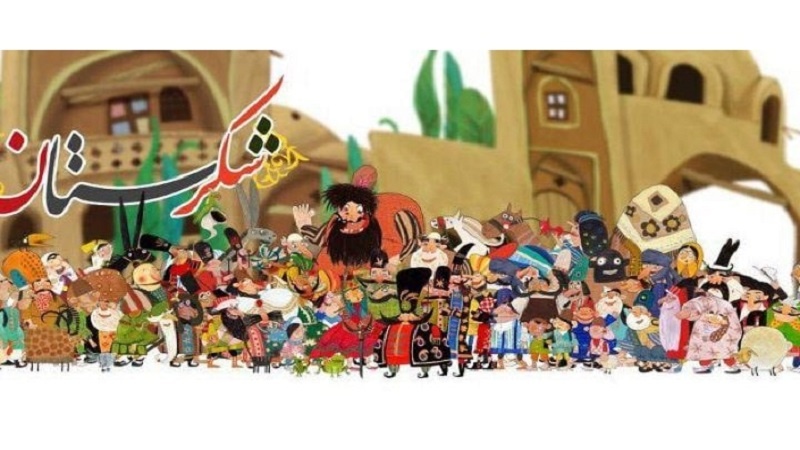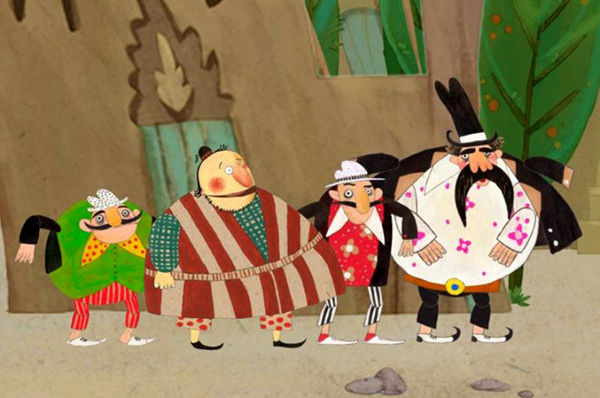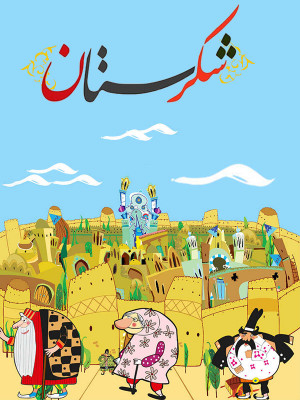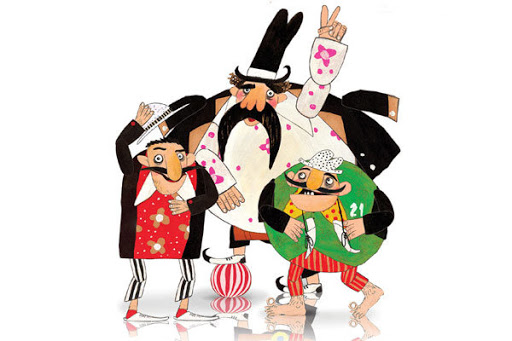Title :Critical Studies of Narrative & Semiotic Styles of Animation of Shekarestan
student : Atefeh Rezvan-Nia
Supervisor : Dr. Montazer Qaem, Mehdi
Advisor: Dr. Rabiei, Ali
University : Payam Noor University
Cross section: M.Sc
field : Media Management
defense date : 2014
Abstract:
The study is an effort to understand how every day life is represented in an Iranian animated film named Shekarestan (Sugar Land), which was ranked among the most successful domestic animations during 600 -60 . The study is going to answer what hidden messages and ideologies are watchers of Shekarestan exposed to. Of numerous aspects of every day life, we have chosen the concepts of modernity and traditions to see which of the two have been highly valued by the filmmakers. The Theory of Representation has been used to find out how a TV program is using signs and codes to represent its preferred meaning about different issues. Semiology has been used as the methodology. Out of 0 episodes of Shekarestan, episodes and shots were studied through Barthes’ narrative codes. The result of the study showed that the makers of Shekarestan prefer traditional life style and, everything associated with it, over the modern type. The modern life has been portrayed as a life full of tensions, family disputes and poor parent-children relations. Modern people have been depicted as being lazy, pretender, unreliable and irresponsible. Modernity has been linked to social class so that modern families have been shown to be rich and selfish. Shekarestan has shown a distorted image of modernity in favor of tradition, which could be criticized. The way Shekarestan is showing modernity could widen the generation gap and increase disputes among parents and children over different issues rather than bridging the gap between them.
Key words:
animation, shekarestan, every day life, modernity, semiology, narrative study.





